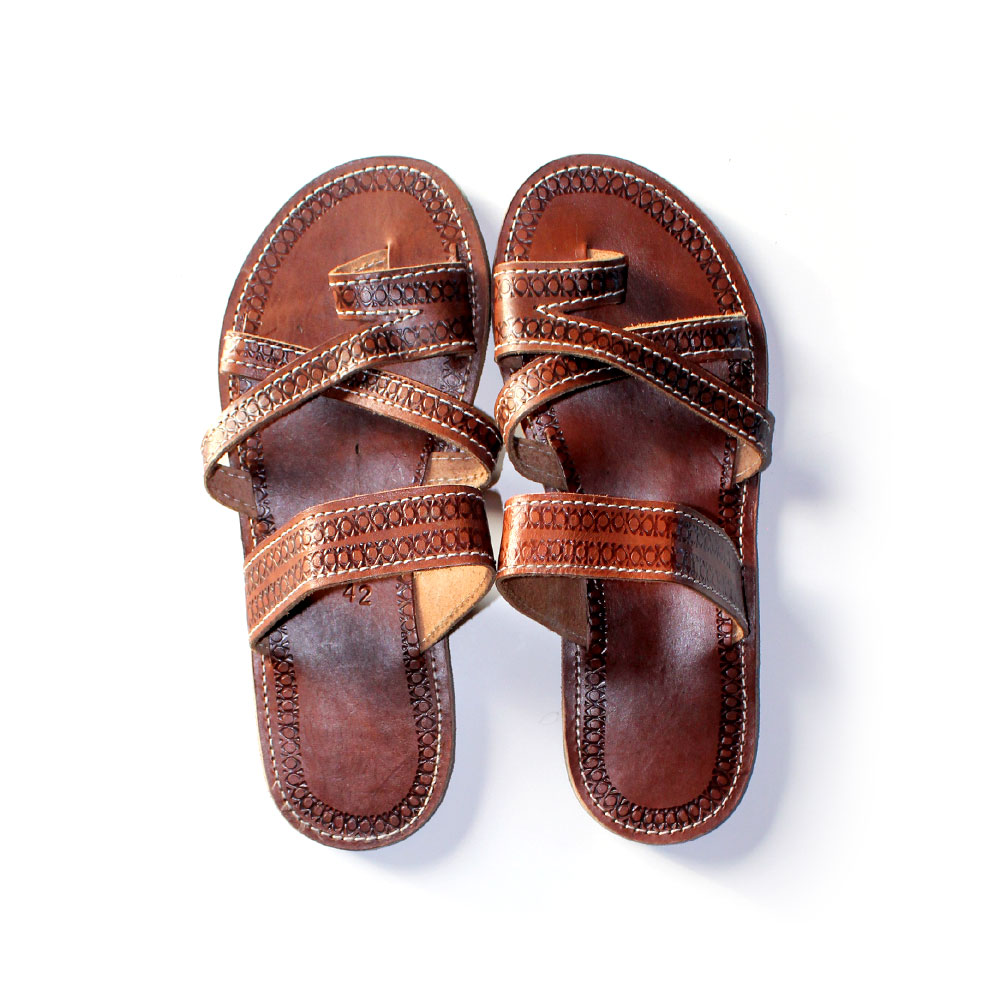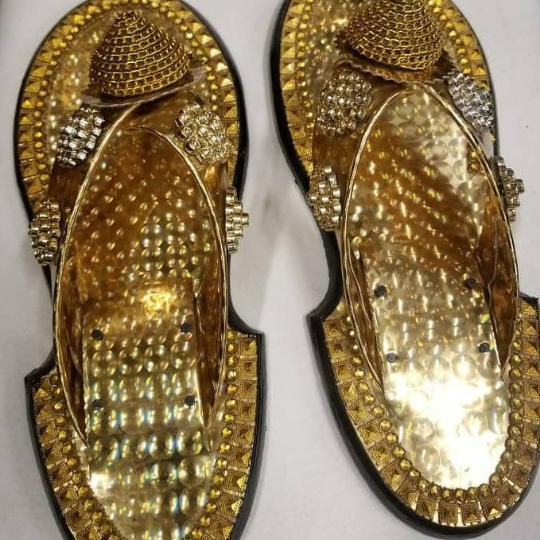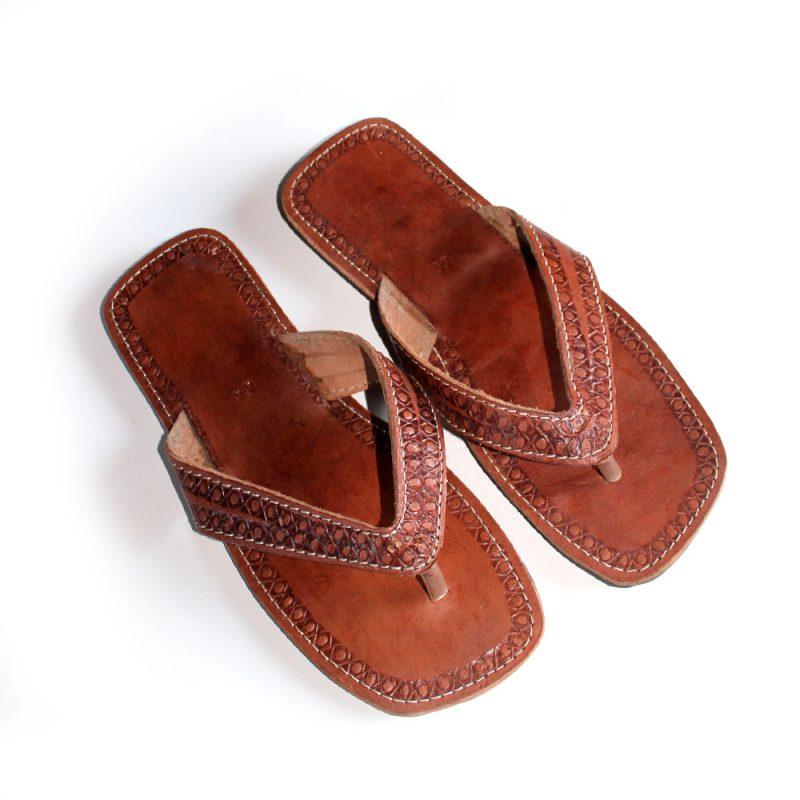African heritage is richly expressed through the traditional craftsmanship and cultural significance of local sandals across the continent. These sandals are more than just footwear; they embody cultural identity, social status, and artisanal skills that have been passed down through generations. Different regions in Africa have their own unique styles and designs that reflect local materials, customs, and aesthetic preferences.
1. Traditional Materials and Craftsmanship
Local African sandals are typically made from natural materials such as leather, animal hide, jute, or plant fibers. The use of these materials is deeply rooted in traditional practices, where artisans work with what is readily available in their environment.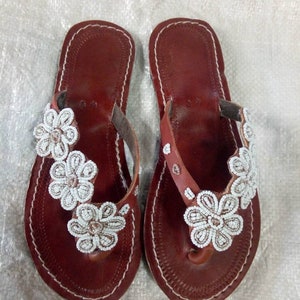

Sandal-making involves skilled craftsmanship, often with hand-stitching and decorative techniques passed down through families. The process reflects the artisan's cultural knowledge and connection to heritage.
In many African cultures, traditional sandals signify social status, age, or group affiliation. For example, certain designs and embellishments may be reserved for royalty, chiefs, or other respected members of society.
Sandals can also have spiritual or ceremonial significance. They are often worn during cultural festivals, initiation ceremonies, weddings, or funerals, symbolizing various aspects of cultural beliefs and traditions.
The decorations on sandals, such as beads, cowries, or engraved symbols, can carry meaning. For instance, in some cultures, cowrie shells are associated with wealth, fertility, or protection.
West Africa: In Ghana, the ahenema sandals are a prominent example, traditionally associated with royalty and important cultural occasions. In Nigeria, leather sandals are often adorned with beads or metallic decorations, especially among the Yoruba people.
East Africa: The Maasai of Kenya and Tanzania are known for their distinctive sandals made from leather and adorned with colorful beads. Traditionally, the Maasai used recycled materials, such as old tires, to make durable soles.
North Africa: In regions like Morocco and Algeria, traditional "babouche" slippers and sandals are made from soft leather and feature intricate embroidery or dyed patterns. They are known for their unique pointed toes and are worn both casually and during cultural events.
Southern Africa: Among the Zulu people of South Africa, sandals are made using leather and sometimes embellished with beads that carry cultural significance. The Ndebele people are also known for their decorative beading, which may be incorporated into footwear designs.
African artisans have adapted traditional sandals for contemporary fashion markets. Designers incorporate traditional elements like beadwork, embroidery, and indigenous materials into modern styles.
The rise of Afrocentric fashion has further popularized local sandals, with international designers and brands featuring African-inspired footwear in their collections. This helps to keep the heritage alive while appealing to a broader audience.
5. Economic and Cultural Impact
The production and sale of traditional sandals contribute to local economies, providing income for artisans and promoting cultural tourism.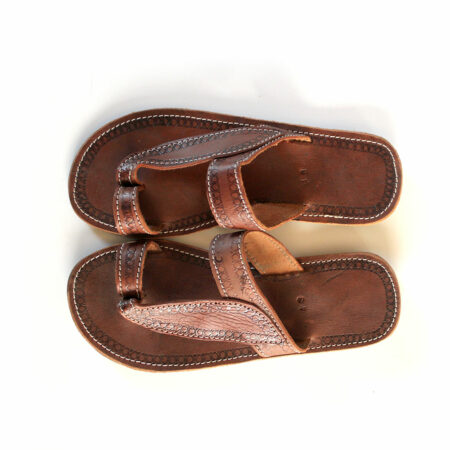

Efforts to preserve traditional sandal-making practices include cultural festivals, workshops, and collaborations with designers to ensure that these artisanal skills are passed down to younger generations.
Overall, African local sandals reflect a blend of cultural heritage, artistry, and everyday life, maintaining a strong connection to traditional values while adapting to modern trends.

